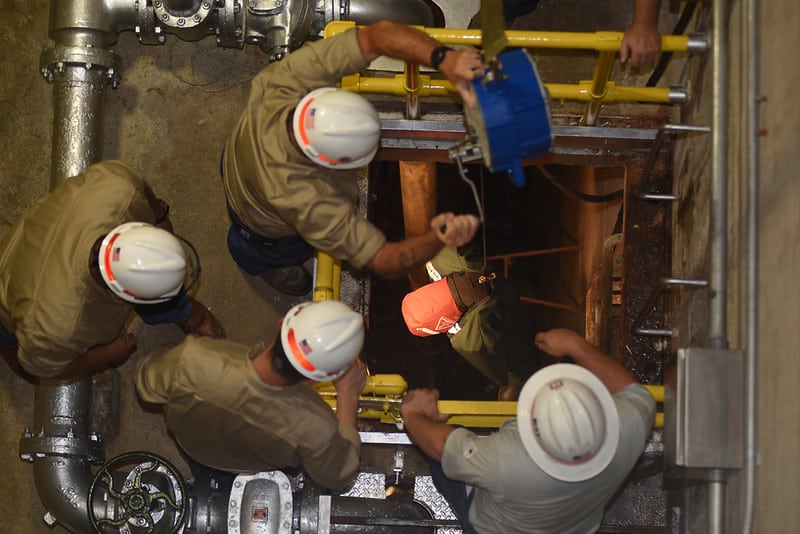Safety is a priority wherever you are at the workplace. An average of 92 people face fatal injuries working in confined spaces every year. Adequate training and safety is the only option to keep your crew members safe.
Most people undergo confined space entry training to fortify their skills before taking a job that might require these kinds of conditions/environments. For those that don’t, or haven’t already received this training this post will give you a detailed glimpse of ‘confined spaces’ and how you can maintain utmost protection during your working shifts.
Let’s start with the basic introduction to Confined Spaces.
Confined spaces include workplace that are not necessarily designed for the people to fit easily through. Confined spaces can be either above or below the ground. Common confined spaces include sewers, shafts, truck or rail tanks, aircraft wings, manholes, vessels, storage bills, tunnels, pipelines, etc. All such workplaces make a challenging environment for the crew members to work seamlessly.
Common Hazards involved with Confined Spaces:
● Poor air quality
● Inhalation of chemicals or bad air
● Fire hazard
● Extreme temperature
● Collapsing of big materials
● Biological hazards
● Electric shock
So, what does it take to keep the utmost safety at the workplace and protect your crew members when working in confined spaces? Below are the safety tips that you should strictly follow:
Analyze Your Workplace: Take a moment to survey your workplace before each shift or task. Evaluating the workplace will help you better understand which hazards may occur and what safety precautions may be required before entering the confined space. Always take the time to inform management about potential hazards or concerns, and listen to your management team to determine if there are any special permits, training or equipment you may need prior to entering. Never be afraid to ask questions or get a second opinion.
Create a Written Program: Taking appropriate safety measures is a good practice to prevent crew members from mishaps. Anyone entering a confined space must have a written permit to be shared with their representative or senior. It will ensure the worker is prepared and well trained to do the respective job.
OSHA designs some standards that every worker must follow before entering any confined space:
● Implement adequate measures to prevent unauthorized entry
● Identity the permit space before allowing any worker
● Test the working conditions
● Create and test the procedures to omit or control any hazards that might occur when working in confined spaces
- Provide the protective equipment to your employees at the company’s cost
Control Hazards: Before any crew member enters the confined space, you must evaluate all the possible hazards and their safety measures. From entry to exit, the worker must know everything about the confined space and carry adequate safety equipment for optimal work.
Restrict Entry of Unauthorized People: Knowing how much training and awareness is required prior to entering Confined Spaces, you and your crew should pay special attention to making sure that other individuals do not mistake this area for anything less than restricted or dangerous. As a worker in these spaces it is one of your core responsibilities to limit unauthorized entry into such spaces; you can do this with signage, additional training and extra levels of precaution when entering and exiting.
Being aware of these standards, practices and trainings (for you and your teams) can have a significant impact in Workplace incident and safety statistics. Everybody deserves to feel safe in the workplace, and this is one way we can all help!

